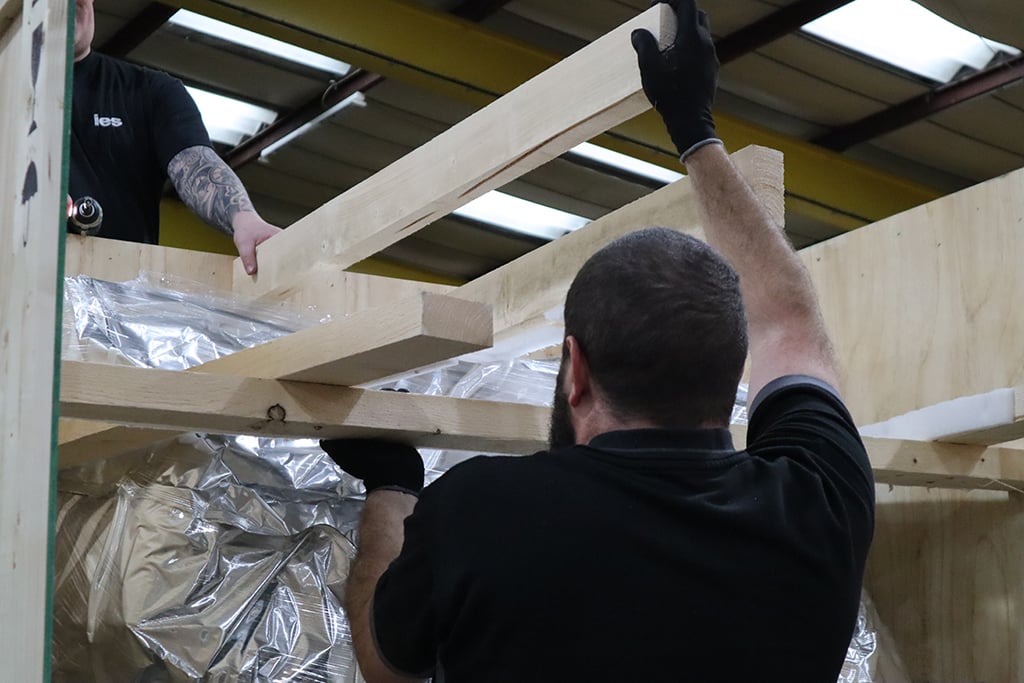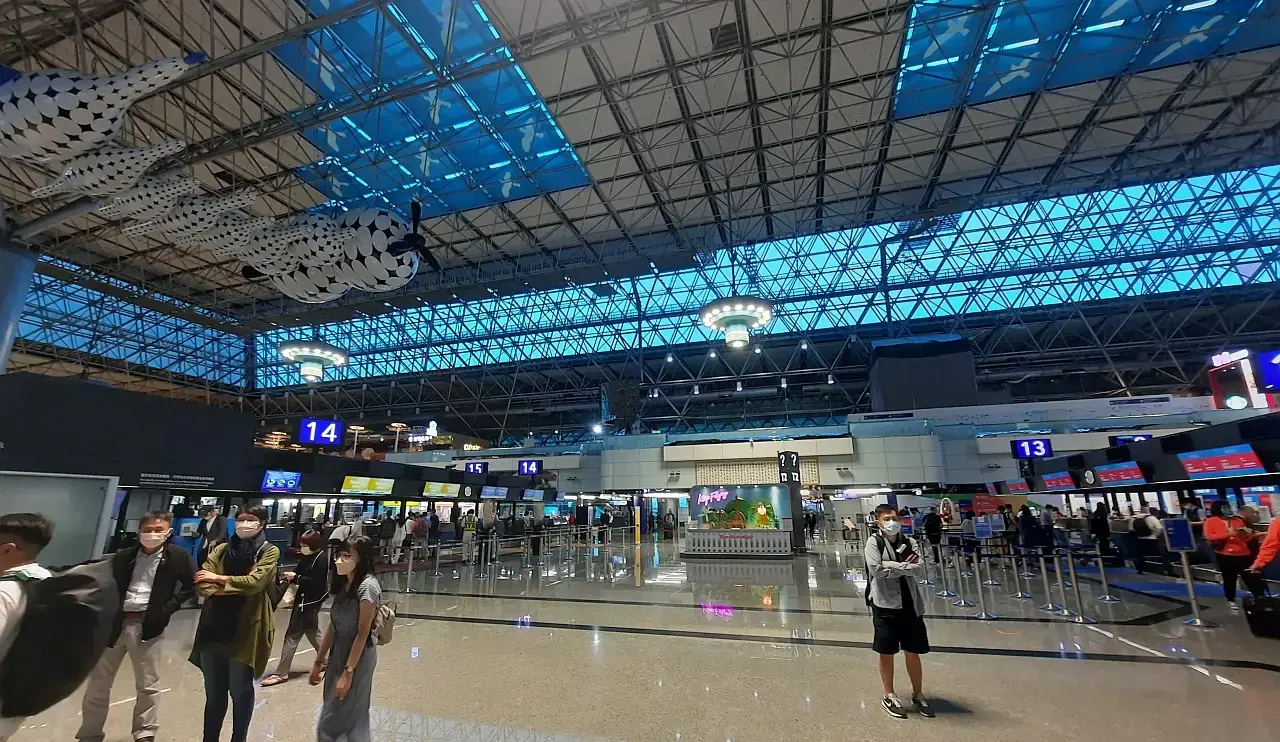Packing High-Technology Equipment: An Expert’s Guide
It doesn’t matter if you’re moving a piece of high-technology equipment 20 miles across towns or 2,000 miles across continents, you want peace of...
We're actively recruiting for a range of roles across sales, engineering, IT and warehouse. Check our careers page to see open positions including apprenticeships.

Whether you’re moving a single piece of equipment or an entire production line, our trusted team of engineers can support every step of your move, from rigging to end-to-end relocation support across the globe.

We’ve worked with complex, business-critical semiconductor equipment since 1991. And in that time, we’ve worked with some of the world’s most prestigious semiconductor companies.
We’re sharing a few of our expert tips to help you pack semiconductor tools correctly and protect them from damage during transit.
Here are our four expert tips for export packing semiconductor equipment, from crate and base types to labelling and marking.
![]()
The crate type you select should depend on the fragility, weight and value of the equipment being shipped inside it.
For example, heavier modules and components require crates with higher structural integrity and that can handle weightier loads.
Here are three of the most common crate types and when you should use them.
Plywood or oriented strand board (OSB): These crates are best suited for when you need a balance of strength and weight. They provide good protection against external shocks and are often used for moderately fragile equipment.
Ply and batten: These types of crates are ideal for heavier semiconductor tools or equipment that may be subject to some handling challenges during transportation. The battens provide additional strength and enhance the overall structural integrity.
Full-boarded: These crates are best suited for highly sensitive, fragile or extremely valuable equipment. They offer excellent protection against external elements and potential impacts, making them suitable for long-distance shipping or transport via multiple modes.
Discover our custom-made crates in our article here.
Selecting the appropriate crate base for your semiconductor equipment involves considering the size, weight and specific requirements of each module.
Here are three common crate bases and their uses.
Standard base: These bases serve as a stable foundation for the crate and are designed for general-purpose use. They provide a flat surface for uniform weight distribution and stability during transportation.
Machine base: These bases are tailored to accommodate the tool's dimensions, weight distribution, and any specific mounting requirements. They enhance overall support and protection, preventing movement within the crate and minimising the risk of damage during transit.
Isolation vibration base: These bases are crucial for protecting sensitive equipment against shock or vibrations. Consider the type of foam you need. This will depend on the specific frequency range of vibrations against which the equipment needs to be protected.
You might also want to consider fitting boards underneath the crate longitudinally to prevent it from falling off forks while lifting with a forklift.
Additionally, if the module is unstable or has a small footprint, you might need to extend or modify the base to provide adequate support or add extra skids underneath to enhance stability.
Learn more about our range of crate bases here.
Consider the various packing materials you’ll need inside the crates to protect equipment against movement, shocks, vibrations and unsuitable temperatures and environments.
These include:
Movement isolation: Custom moulds to cushion and wrap sensitive components, timber bracing and blocking to stop components from sliding around and ties and straps to lock down any moving parts (like swinging arms)
Shock-absorbant materials: Foam inserts, padding, air cushions and bubble wrap to absorb any shock or vibrations
Shock monitoring: Shock recorders fitted inside or outside your crate
Environmental protection: Foil bags with desiccant, insulation (if the tool is temperature sensitive) and nitrogen purge (both scanners and steppers)
Protective wrapping: Industrial stretch film/bubble wrap to protect decontaminated equipment against dust and potential contaminants
Anti-static measures: Antistatic shielding bags, wrapping and foam to protect components against electrostatic discharge and physical damage
Your crate exterior is your canvas for essential information about what’s inside and how it should be handled (essentially, your “how-to” instructions for crate movers).
![]()
As part of this, the following labellings are essential:
You’ll also need to prepare a detailed packing list that outlines all the components included in the shipment, including the name and quantity of each component, their specifications and any key identifiers.
Once compiled, securely attach this list to the crate's exterior so that it’s easily visible and accessible to anyone handling or transporting your crates. Finally, keep a copy for your records.
At IES, we’ve been supporting semiconductor OEMs and end users to pack and ship delicate semiconductor tools since 1991.
Learn more about our bespoke crate manufacture and export packing service here.
Stay up to date with the latest news and resources from our experts.

It doesn’t matter if you’re moving a piece of high-technology equipment 20 miles across towns or 2,000 miles across continents, you want peace of...
Factory de-installations are never simple. But they’re a lot easier when you do them right.

Installation engineers, like me, experience life in a very unique way.